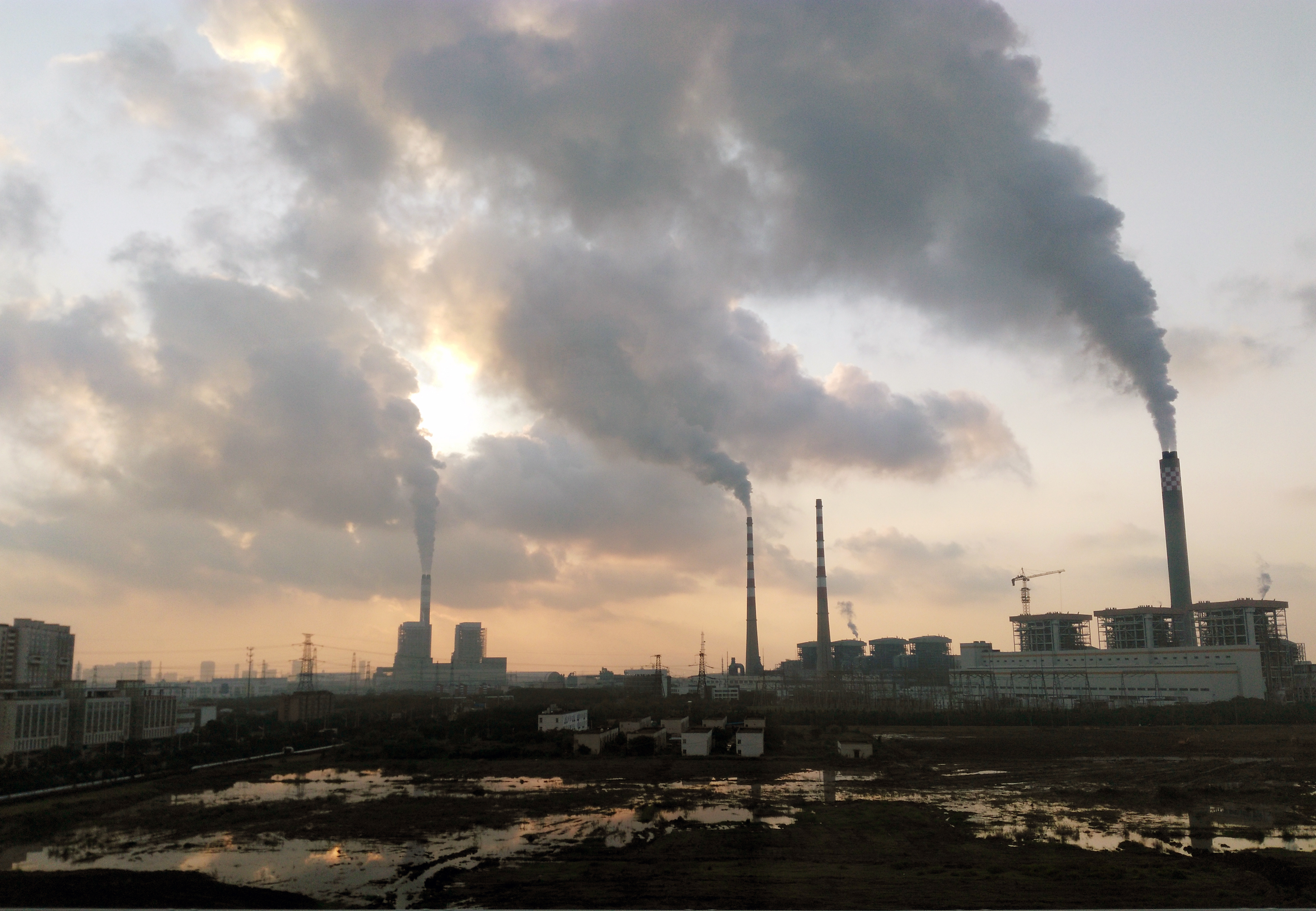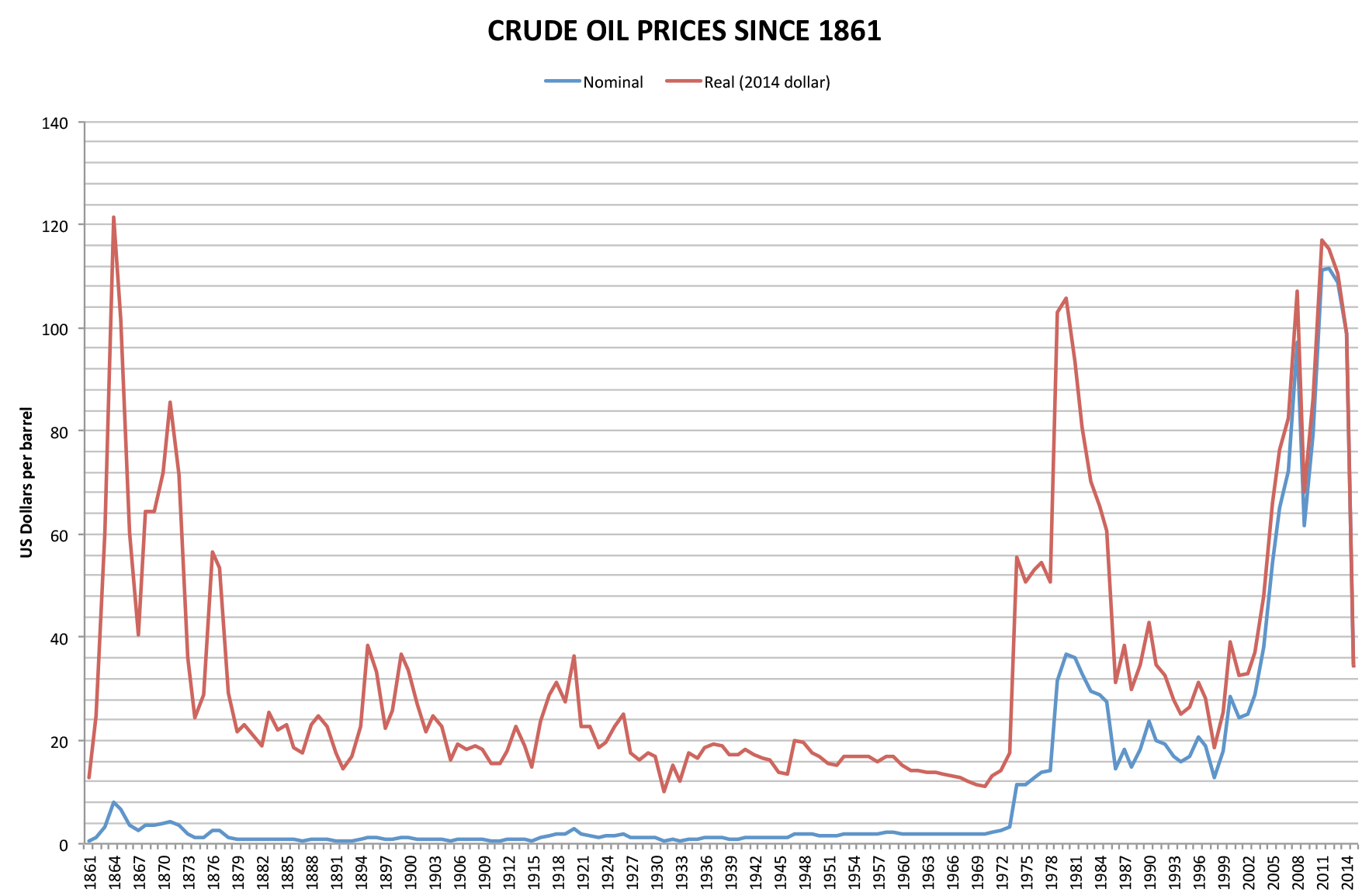|
Noshiro Thermal Power Station
is a coal-fired thermal power station operated by Tohoku Electric in the city of Noshiro, Akita, Japan. The facility is located on the Sea of Japan coast of Honshu. History The Noshiro Thermal Power Station was initially conceived as a countermeasure against possible shortages in power generation which might arise due to issues such as the 1973 oil crisis. Unit 1 began operations in May 1993. Due to issues with carbon emissions, Unit 2 was completed in December 1994 to burn a mixture of heavy oil and biomass (wood chip residue). Also to improve power generation efficiency, Unit 2 adopted Tohoku Electric's first ultra-supercritical boiler and steam turbine with a main steam temperature of 566 °C, a reheat steam temperature of 593 °C, and a main steam pressure of 24.1 MPa. The completion of Unit 3 was delayed due to uncertainty in future power demand and economic trends, as well as increased pressure on Japan from overseas to reduce carbon dioxide emissions. However, followi ... [...More Info...] [...Related Items...] OR: [Wikipedia] [Google] [Baidu] |
Noshiro, Akita
270px, Rice fields in the Noshiro Plain 270px, Yoneshiro River is a city located in Akita Prefecture, Japan. , the city had an estimated population of 49,935 in 24,200 households. Geography Noshiro is located in the flat coastal plains northwestern Akita Prefecture, bordered by the Sea of Japan to the west. The Yoneshiro River flows through the city and empties into the Sea of Japan near Noshiro Port. The highest point is Mount Yakeyama at . Neighboring municipalities *Akita Prefecture **Kitaakita ** Fujisato ** Mitane ** Happō ** Kamikoani Climate Noshiro has a Humid subtropical climate (Köppen climate classification ''Cfa'') with large seasonal temperature differences, with warm to hot (and often humid) summers and cold (sometimes severely cold) winters. Precipitation significant throughout the year, but is heaviest from August to October. The average annual temperature in Noshiro is . The average annual rainfall is with July as the wettest month. The temperatures are ... [...More Info...] [...Related Items...] OR: [Wikipedia] [Google] [Baidu] |
Tohoku Electric
is an electric utility, servicing 7.6 million individual and corporate customers in six prefectures in Tōhoku region plus Niigata Prefecture. It provides electricity at 100 V, 50 Hz, though some area use 60 Hz. Tohoku Electric Power is the fourth-largest electric utility in Japan in terms of revenue, behind TEPCO, KEPCO and Chubu Electric Power. Shareholders * Nippon Life Insurance Company 3.9% * Japan Trustee Services Bank 3.8% * The Master Trust Bank of Japan 3.6% Accidents On 11 March 2011, several nuclear reactors in Japan were badly damaged by the 2011 Tōhoku earthquake and tsunami. In the Onagawa Nuclear Power Plant a fire broke out in the turbine section of the plant. In order to make up for the loss of electricity from the damaged reactor plant, Tohoku announced it would restart a mothballed natural gas power plant. The liquefied natural gas and oil-fired No. 1 unit at the Higashi Niigata plant in Niigata prefecture has a 350-megawatt capacity and cou ... [...More Info...] [...Related Items...] OR: [Wikipedia] [Google] [Baidu] |
Thermal Power Station
A thermal power station is a type of power station in which heat energy is converted to electrical energy. In a steam-generating cycle heat is used to boil water in a large pressure vessel to produce high-pressure steam, which drives a steam turbine connected to an electrical generator. The low-pressure exhaust from the turbine enters a steam condenser where it is cooled to produce hot condensate which is recycled to the heating process to generate more high pressure steam. This is known as a Rankine cycle. The design of thermal power stations depends on the intended energy source: fossil fuel, nuclear and geothermal power, solar energy, biofuels, and waste incineration are all used. Certain thermal power stations are also designed to produce heat for industrial purposes; for district heating; or desalination of water, in addition to generating electrical power. Fuels such as natural gas or oil can also be burnt directly in gas turbines (internal combustion). These pla ... [...More Info...] [...Related Items...] OR: [Wikipedia] [Google] [Baidu] |
Sea Of Japan
The Sea of Japan is the marginal sea between the Japanese archipelago, Sakhalin, the Korean Peninsula, and the mainland of the Russian Far East. The Japanese archipelago separates the sea from the Pacific Ocean. Like the Mediterranean Sea, it has almost no tides due to its nearly complete enclosure from the Pacific Ocean. This isolation also affects faunal diversity and salinity, both of which are lower than in the open ocean. The sea has no large islands, bays or capes. Its water balance is mostly determined by the inflow and outflow through the straits connecting it to the neighboring seas and the Pacific Ocean. Few rivers discharge into the sea and their total contribution to the water exchange is within 1%. The seawater has an elevated concentration of dissolved oxygen that results in high biological productivity. Therefore, fishing is the dominant economic activity in the region. The intensity of shipments across the sea has been moderate owing to political issues, but it ... [...More Info...] [...Related Items...] OR: [Wikipedia] [Google] [Baidu] |
Honshu
, historically called , is the largest and most populous island of Japan. It is located south of Hokkaidō across the Tsugaru Strait, north of Shikoku across the Inland Sea, and northeast of Kyūshū across the Kanmon Straits. The island separates the Sea of Japan, which lies to its north and west, from the North Pacific Ocean to the south and east. It is the seventh-largest island in the world, and the second-most populous after the Indonesian island of Java. Honshu had a population of 104 million , constituting 81.3% of the entire population of Japan, and is mostly concentrated in the coastal areas and plains. Approximately 30% of the total population resides in the Greater Tokyo Area on the Kantō Plain. As the historical center of Japanese cultural and political power, the island includes several past Japanese capitals, including Kyōto, Nara and Kamakura. Much of the island's southern shore forms part of the Taiheiyō Belt, a megalopolis that spans several of the Japane ... [...More Info...] [...Related Items...] OR: [Wikipedia] [Google] [Baidu] |
1973 Oil Crisis The 1973 oil crisis or first oil crisis began in October 1973 when the members of the Organization of Arab Petroleum Exporting Cou |




